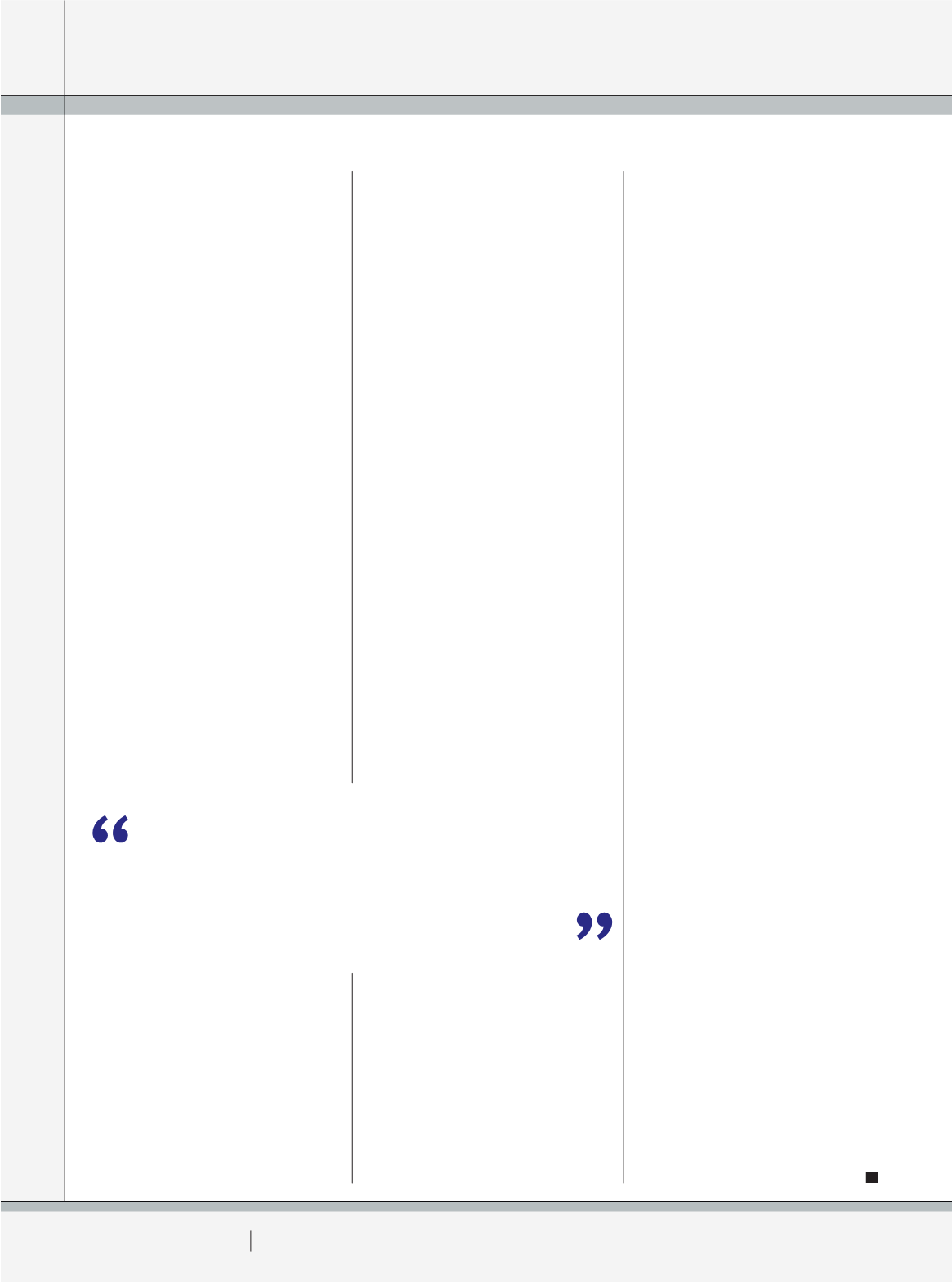

2 4
PLUMBING CONNECTION
SPRING 2016
Its expertise and main responsibility
is the development and adoption
of standards in Australia. It also
facilitate Australian participation in
international standards development.
It does not enforce, regulate or certify
compliance with these standards.
Standards Australia forms technical
committees or manages processes to
develop installation standards mainly
by bringing together relevant parties
and stakeholders. Through a process
of consensus, these committees
develop standards for Australia’s net
benefit. This system is currently under
review.
It is important to understand that
Standards are not all lobbed together.
There are two specific types:
1. INSTALLATION CODE
(FOR
PLUMBERS): 5 PARTS
1:2003
Plumbing and drainage:
Water services
2:2003
Plumbing and drainage:
Sanitary plumbing and drainage
3:2003
Plumbing and drainage:
Stormwater drainage
4:2003
Plumbing and drainage:
Heated water services
5:2012
Plumbing and drainage:
Housing installations
Every plumber should own and study
a copy of AS/NZS 3500 because if he/
she completes all of his/her work to
this standard, it will be up to scratch.
Unfortunately due to the eye watering
$1200 price tag, many refuse or
are unable to purchase it. Think of
plumbers who have just completed
their apprenticeships – it isn’t exactly
a welcoming gift, is it? That’s a story in
itself though.
2. PRODUCT STANDARDS
(FOR
MANUFACTURERS)
These must meet the performance
requirements of fit for purpose and
durability of products that are required
to be tested within the WaterMark
Scheme and set in place via the PCA
part 3 of the NCC.
AS/NZS 3500 Plumbing and Drainage
defines the minimum standards upon
which all installations must comply
and sets in place a known pathway to
achieve the minimum performance of
a plumbing system.
The Plumbing Code of Australia
part of the NCC ABCB approach sets
in place the measurable performance
that must be met with all plumbing
installations, it sets clearly an
alternative pathway of performance
for meeting compliance.
THE ROLE OF REGULATORS
State and territory regulators
are responsible for the overall
regulation of plumbing, they are
responsible for setting levels of
competency for plumbers to perform
the work, they set in place a series of
technical regulations which perform
as a deemed to comply pathway
for plumbing installations, and
alternatively through the Plumbing
Code of Australia clearly articulate the
minimum performance outcomes for
a plumbing installation. This, when all
coupled together, delivers a level of
consumer protection via a regulated
scheme for both building and plumbing
practitioners nationally to deliver a
measurable efficient and competitive
building and plumbing industry in
Australia.
To ensure consumer safety, state
and territory regulators conduct
compliance audits where a plumber is
self-certifying work and or inspections
of plumbing work throughout country.
The intent of an audit system as
opposed to an inspection is that the
intent is to measure how the industry
is functioning and meeting compliance,
if non-compliance is a problem then
the industry would be advised to lift its
game.
Compliance auditors’ conduct on-
site audits of a sample of plumbing
work (varies from state to state) for
which a compliance certificate has
been lodged. The auditor’s role is to
ensure the plumbing work complies
with all relevant plumbing laws.
The various state and territory
regulators are as follows:
VIC:
Victorian Building Authority
NSW:
Building Professionals Board
SA:
Government of South Australia
TAS:
Department of Justice
QLD:
Department of Housing and
Public Works
NT:
Building Practitioners Board
WA:
Department of Commerce
Regulation of plumbing starts from
the top down and exists to ensure
the minimum standards required to
deliver consumer protection are in
fact met. That includes the minimum
competencies required to do the work,
the minimum installation requirements
to ensure plumbing works and meets
the performance outcomes, and
critically, the minimum standards for
plumbing products as identified in the
PCA WaterMark Scheme.
You don’t have to love the system
but let us assure you there is little that
you as an individual can do about it.
So, we encourage you to get involved
in your local MPA, the IOP or the PPIG
if you are a supplier, as these are the
groups that continue to exert lobbying
influence on your industry.
The alternative, an unregulated
industry, would be a disaster, not only
for consumers but all stakeholders.
REGULATION OF PLUMBING STARTS FROM THE
TOP DOWN AND EXISTS TO ENSURE THE MINIMUM
STANDARDS REQUIRED TO DELIVER CONSUMER
PROTECTION ARE IN FACT MET.
COVER STORY:
REGULATION
















